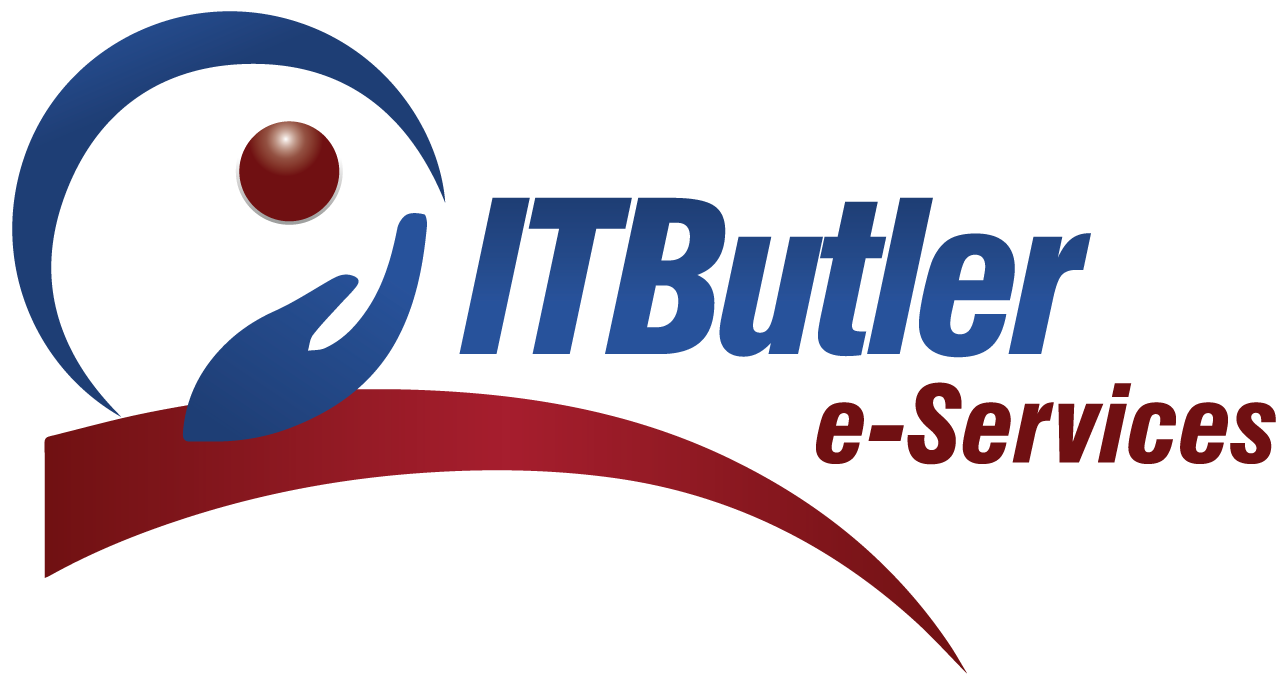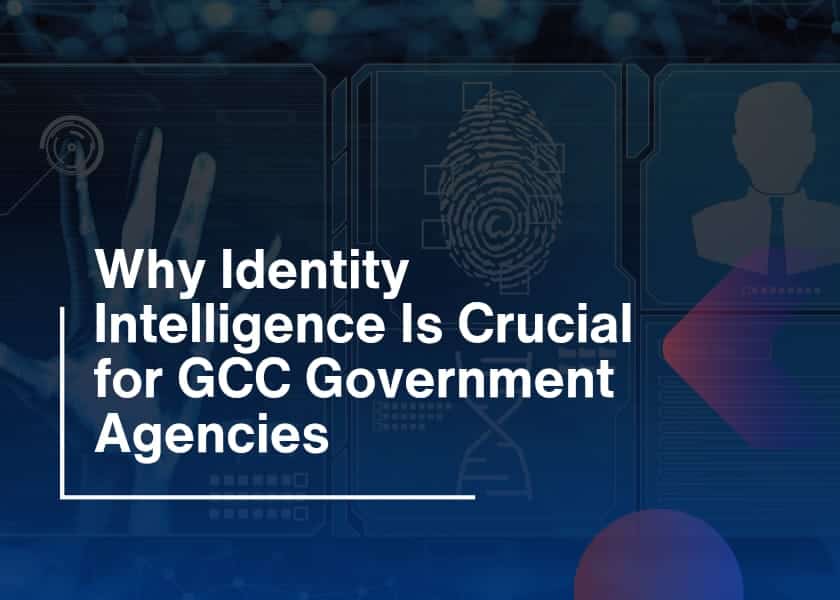In Saudi Arabia, the National Cybersecurity Authority (NCA) plays a big role in protecting the country’s digital systems. If you run a business, you need to follow NCA’s cybersecurity rules. These rules help keep your business safe and build trust with customers. One important step is getting ready for NCA audit in KSA. These audits check if your business is following the NCA’s regulations. If you pass, it means you are managing your cybersecurity well. If not, you might face fines or risks to your business.
Let’s walk through everything you need to know to prepare for an NCA compliance audit in a simple and clear way.
What Is an NCA Audit in KSA?
An NCA compliance audit is a check-up. It looks at how your business protects its digital systems, data, and networks. Additionally, the NCA wants to make sure companies are following the rules written in its Cybersecurity Controls (ECC – Essential Cybersecurity Controls). These rules cover things like:
- Access control
- Data protection
- Risk management
- Network security
- Employee training
Furthermore, the audit may be done by the NCA or by approved cybersecurity auditors.
Why Is NCA Compliance Important?
- Avoid Penalties: If you don’t follow NCA rules, your business might be fined or even shut down in serious cases.
- Protect Data: As we know that cyberattacks are growing. Therefore, NCA compliance helps protect customer and business data from being stolen or misused.
- Build Trust: When customers know you follow the rules, they feel safer doing business with you.
- Stay Competitive: More and more companies are looking for partners who meet cybersecurity standards. If you’re compliant, you’re more attractive to work with.
Steps to Prepare for an NCA Audit in KSA
Preparing for an NCA audit in KSA takes planning. Below are the key steps to get ready:
Step 1: Understand the NCA Cybersecurity Framework
Firstly, start by learning about the Essential Cybersecurity Controls (ECC) provided by the NCA. These controls are available on the NCA’s official website. They are divided into different categories:
- Governance
- Defense
- Resilience
- Third-party management
- Cloud security
- Endpoint protection
Furthermore, understanding these will help you know what auditors will look for.
Step 2: Conduct a Self-Assessment
Before the audit, do a self-check. This means reviewing your current cybersecurity practices and comparing them with NCA requirements. For this purpose, you can ask questions like:
- Are we managing passwords correctly?
- Is our network secure from outside attacks?
- Do we train staff about phishing or cyber threats?
- Do we have backup plans in case of cyber incidents?
Doing this helps you find and fix problems early.
Step 3: Assign a Compliance Team
Create a team responsible for preparing and managing the audit. This team may include:
- IT experts
- Security officers
- Legal or compliance staff
- Department heads
So, having a dedicated team makes the process more organized and efficient.
Step 4: Collect and Organize Documentation
Auditors will ask for proof that you follow the rules. Be ready with documents like:
- Security policies
- Risk assessments
- Incident response plans
- Access control logs
- Employee training records
Keep all records updated and easy to access. Furthermore, good documentation makes the audit process smoother.
Step 5: Train Your Staff
Cybersecurity is not just an IT issue, it’s a business-wide responsibility. So, train your employees on:
- Identifying suspicious emails
- Creating strong passwords
- Reporting security incidents
- Handling sensitive data
Furthermore, regular training reduces human error and shows auditors you take cybersecurity seriously.
Step 6: Fix the Gaps
After your self-assessment, you’ll likely find areas that need improvement. Therefore, take action to:
- Update old software
- Patch system vulnerabilities
- Improve data backups
- Strengthen access control
- Test your disaster recovery plan
By fixing these gaps before the audit increase your chances of passing.
Step 7: Use External Help If Needed
If you’re not sure how to meet some requirements, you can hire a cybersecurity consultant or audit firm that understands NCA guidelines. They can help with:
- Technical audits
- Policy writing
- Compliance strategies
- Training programs
Additionally, sometimes expert advice saves time and avoids costly mistakes.
Step 8: Perform a Mock Audit
A mock audit is a practice run before the real thing. You can either do it internally or with outside help. It shows how well you’re prepared and helps identify last-minute issues. Additionally, after the mock audit, create an action plan to fix any gaps found.
Step 9: Stay Updated on NCA Changes
Cybersecurity rules often change to keep up with new threats. Therefore, make sure someone in your team follows updates from the NCA. This helps your business stay compliant all the time, not just during the audit. You can subscribe to NCA newsletters or follow their official announcements.

What Happens During an NCA Audit in KSA?
The understanding of audit expectations creates less stressful moments during the examination. Preparation for all stages of the process becomes possible through this knowledge. When conducting NCA audits in KSA through sessions they examine documents while performing technical tests which leads to final reports.
1. Kick-Off Meeting
The audit commences with a meeting between auditors and your team members. In these meetings, auditors will present the audit purpose together with the examination scope while outlining the duration of the evaluation. Additionally, numerous questions exist that you need to ask for clarification about the audit process.
2. Review of Policies
The auditors need to view your business’s cybersecurity policies along with its procedures. Therefore, the auditors will verify that your policies fulfill the necessary ECC standards set by the NCA in KSA. So, old or incomplete policies discovered during the audit process will potentially generate issues.
3. Interviews
Staff members in different departments will be interviewed by auditors to learn about the security practices used during day-to-day operations. The auditor assesses whether your organizational staff members have a fundamental understanding of cybersecurity protocols and procedures. Furthermore, auditors view staff who provide certain and assured responses as evidence of a strong internal understanding.
4. System Checks
Mandatory system checks make up a significant portion of the audit procedure. Network scanning and access control examination, together with firewall and endpoint testing, comprise part of the auditing process. Therefore, auditors examine the system for any security issues and dangerous settings.
5. Report
After the audit is finished, you will obtain a thorough document that summarizes the results. The audit report contains a section on your compliance areas, along with present issues for improvement and suggested actions to take. Additionally, you will get a limited timeline to address serious issues before a new audit takes place.
After the Audit
Your work should continue even though the auditing process has finished. The ongoing maintenance of your systems continues after conducting the audit process.
1. Review the Audit Report
Go through the report carefully. Pay attention to the recommendations and develop solutions for fixing the identified problems.
2. Take Corrective Actions
The necessary steps include updating systems and enhancing policies, and delivering new staff training to address every identified finding.
3. Keep Improving
Cyber threats change quickly. Therefore, allow constant evaluation of your security systems to identify ways that boost your existing cybersecurity measures.
Conclusion
Organizing yourself for NCA audits in KSA becomes possible through defined steps, although the process initially seems complex. Your activities should maintain organization and team familiarity with audit processes, and your systems must stay current with documentation. In addition, a compliance audit provides businesses with the chance to detect and resolve security weaknesses in their operational practices. Therefore, make prompt resolutions to discover audit problems, then maintain continuous development of your security framework. Interpreting the audit requirement involves more than audit success, since it means safeguarding business operations and gaining customer trust to achieve lasting digital business success.





